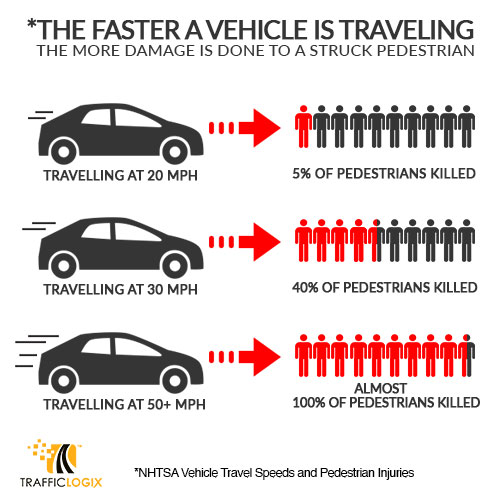1. A landmark study from Bellevue, WA which concluded that “At the majority of radar sign locations, results show an overall reduction of vehicle speeds between 1 and 6 mph, even up to 8 years after the signs were installed. Due to this level of effectiveness, the City will continue to use stationary radar signs….. to address vehicles speeds and/or….. motorist’s attention…..”
2. A report on speed sign effectiveness compiled by the Western Transportation Institute on behalf of the US DOT and the State of California found that:
- In South Dakota the percentage of speeding vehicles was reduced by 20-25%
- In Riverside, CA, drivers slowed by approximately 6 mph near speed trailer
- In South Korea, speeders were reduced from 27% to 10% with speed signs
- In Santa Barbara, CA average speeds were reduced by 10%
- In work zones, signs reduced the number of speeding truck drivers by 24%
3. An evaluation by the Texas Transportation Institute of speed display trailer use in work zones found that the signs reduced average speeds by around 5 mph and were well liked by construction workers who felt that they “increased awareness of the work zone and significantly lowered speeds in the activity area.”
4. A study by the Texas Transportation Institute found that driver feedback signs “significantly reduced vehicle speeds at a school zone.…the average speed decreased more than 9 mph… [even] four months after installation.”
5. Research quoted in Wired Magazine found that radar speed signs “have proven to be consistently effective at getting drivers to slow down- reducing speeds by about 10%, an effect that lasts for several miles down the road.”
6. A study conducted by the Maryland State Highway Administration of speed signs in work zones found that the display trailers reduced average speeds by 2-7 mph and increased speed limit compliance by 10-40%.








